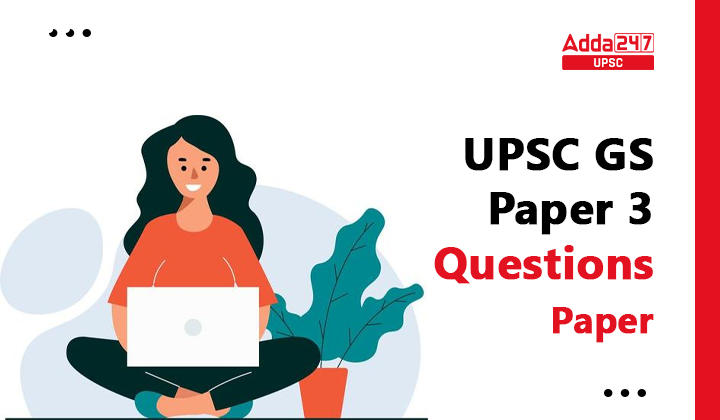Table of Contents
In this article, we are explaining the UPSC GS 3 Paper, Question Number 13 which include an Introduction, Structure, Definition, Importance, and Conclusion on the topic Explain the changes in cropping pattern in India in the context of changes in consumption pattern and marketing conditions. Check the complete UPSC GS Paper 3 question number 13 answer review here.
Explain the changes in cropping pattern in India in the context of changes in consumption pattern and marketing conditions.
Introduction:
The changes in cropping patterns in India, considering shifts in consumption patterns
and evolving marketing conditions as driving factors.
Structure:
I. Changing Consumption Patterns
Impact on Cropping Patterns: Discuss how shifts in consumption patterns influence the types and quantities of crops grown.
Examples: Providing real-world examples of how changing diets affect crop choices.
II. Marketing Conditions and Crop Choices
- Market Demand
- Crop Diversification
- Infrastructure Development
III. Impact on Traditional Crops
- Decreasing Consumption
- Shift towards Cash Crops
IV. Government Initiatives
- Policy Measures
- Balancing Factors
Conclusion:
Changes in cropping patterns in India are intricately linked to evolving consumption patterns and dynamic marketing conditions. Balancing these factors while ensuring sustainability and food security remains a significant challenge, necessitating thoughtful policy measures and agricultural practices.
UPSC GS Paper 3 Question Evaluation
Evaluating a question from the UPSC (Union Public Service Commission) General Studies Paper 3 requires an understanding of the context, content, and overall approach the question takes
Ultimately, the quality of a UPSC GS Paper 3 question is crucial in evaluating candidates’ knowledge, analytical skills, and problem-solving abilities. A well-crafted question can lead to a more meaningful and equitable assessment of candidates’ capabilities
Benefits of GS Paper 3 Evaluation
Here are following few steps which is important for a candidate to understand in the evaluation process of a question paper.
- Clarity: Is the question clear and precise?
- Relevance: Does it align with the syllabus and current events?
- Depth: Does it require critical analysis?
- Balance: Is it well-rounded and not too broad or narrow?
- Multidisciplinary: Does it integrate knowledge from various fields?
- Analytical: Does it ask for analysis, not just description?
- Time and Fairness: Is it realistic for the exam and fair to all candidates?
- Innovative: Does it encourage creative thinking?
- Overall Significance: Does it assess a candidate’s comprehension and problem-solving abilities effectively?
| UPSC Mains Related Links | |
| UPSC Mains 2023 Essay Paper Topics | Visionary Decision Making |
| UPSC Mains Question Paper 2023 | Inspiration for creativity springs |
| UPSC Main GS Paper 1 Analysis 2023 | UPSC Main GS Paper 2 Analysis 2023 |



 TSPSC Group 1 Question Paper 2024, Downl...
TSPSC Group 1 Question Paper 2024, Downl...
 TSPSC Group 1 Answer key 2024 Out, Downl...
TSPSC Group 1 Answer key 2024 Out, Downl...
 UPSC Prelims 2024 Question Paper, Downlo...
UPSC Prelims 2024 Question Paper, Downlo...




